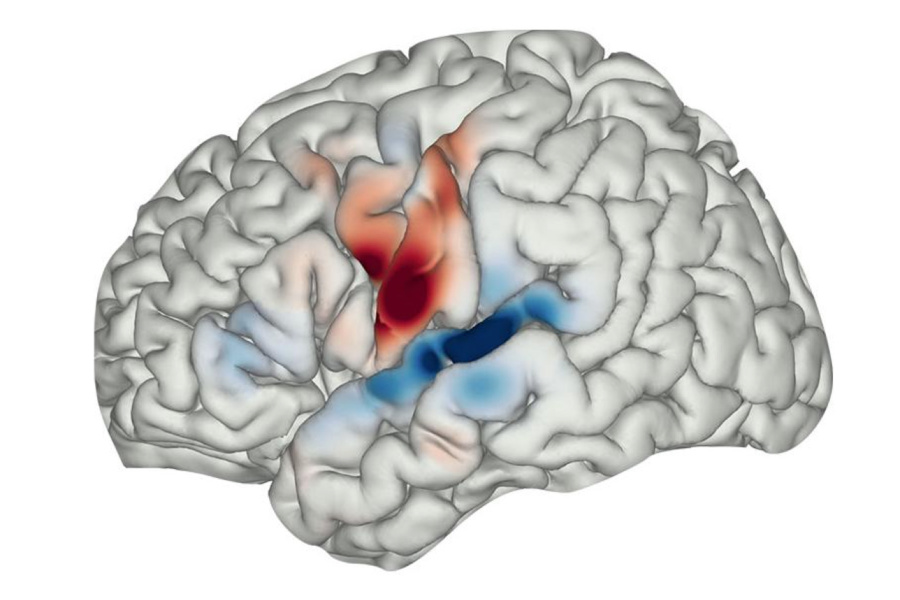Scientists have unlocked a mystery about how our brains process sound and speech. A groundbreaking study from NYU Langone Health reveals the intricate electrical dance inside our heads whenever we speak. This research offers unprecedented insights into human communication and potential neurological conditions.
Why it matters
Researchers have mapped the brain's hidden circuitry that helps humans distinguish their own voice from external sounds, potentially explaining auditory hallucinations in schizophrenia and offering a window into how our brains keep us alert while speaking.
“Our findings also provide specific insight into schizophrenia, offering an explanation for the source of auditory hallucinations, as resulting from disrupted corollary discharge between the brain’s motor and auditory cortices. What we and many other researchers suspect is happening in some people with schizophrenia is that they are unable to dissociate their own voice from others or even other external stimuli,” —Adeen Flinker, PhD,, Associate Professor in the Department of Neurology and NYU Tandon School of Engineering
Details
The study identified a communication pathway between the brain's motor and auditory cortices, tracing millisecond-long electrical signals. This pathway has been fine-tuned by evolution to facilitate survival.
By the numbers:
- 8 epilepsy patients studied
- 3,200+ electrical brain activity recordings
- 120 milliseconds: average duration of crucial brain signals
- 200+ brain probes used in research
 Auditory corollary discharge in the human starts in the bottom, or ventral, part of the motor cortex, a subregion called the precentral gyrus (red), and then moves down across its folds to a neighboring auditory cortex subregion called the superior temporal gyrus (blue). Credit: Proceedings of the National Academy of Sciences (PNAS)
Auditory corollary discharge in the human starts in the bottom, or ventral, part of the motor cortex, a subregion called the precentral gyrus (red), and then moves down across its folds to a neighboring auditory cortex subregion called the superior temporal gyrus (blue). Credit: Proceedings of the National Academy of Sciences (PNAS)
How it works
Participants completed speech experiments during surgical breaks, repeating words like "balloon" while researchers tracked their brain's ability to filter out background noise. The electrical signals start in the motor cortex's ventral region (precentral gyrus) and move to the neighboring auditory cortex (superior temporal gyrus).
The intrigue
By understanding these brain circuits, researchers hope to develop new approaches to understanding and potentially treating conditions like schizophrenia, where the ability to differentiate one's own voice from external sounds is disrupted.
- Future research will focus on testing these circuits during induced hallucinations and developing non-invasive methods to study brain signal processing in people with neurological conditions.
The takeaway
This research provides the first direct evidence of how human brains create an internal "noise-canceling" system, distinguishing our own sounds from external stimuli—a skill crucial for communication and survival.


